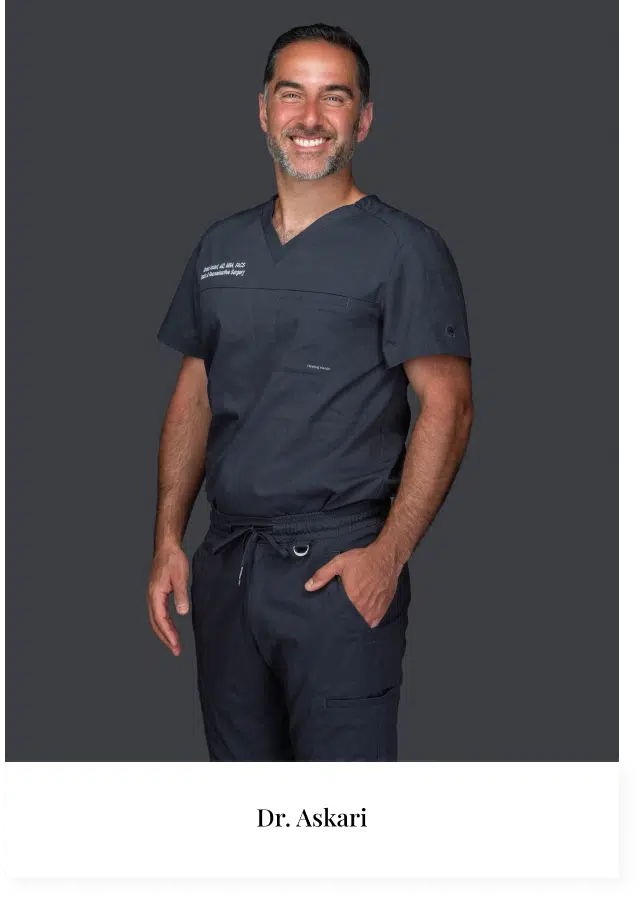Why choose us for our fat transfer in Miami?
Dr. Morad Askari is among the best fat transfer surgeons in Miami, making him a top choice for those seeking this procedure. As a board-certified plastic surgeon at the Revive Surgical Institute, Dr. Askari is renowned for his expertise and dedication to patient care.
Dr. Askari’s extensive training and significant experience in performing fat transfers ensure that he can provide natural-looking results tailored to each patient’s unique body proportions. He is known for his excellent communication skills, taking the time to clearly explain the procedure, potential risks, and expected outcomes to his patients.
Despite conducting procedures at the Revive Surgical Institute, Dr. Askari also maintains privileges at an accredited hospital, further attesting to his qualifications and commitment to maintaining the highest standards of care.
Choosing a surgeon is a crucial decision in your fat transfer journey. With a certified, experienced surgeon like Dr. Morad Askari at the Revive Surgical Institute, you can rest assured that you’re in good hands.















